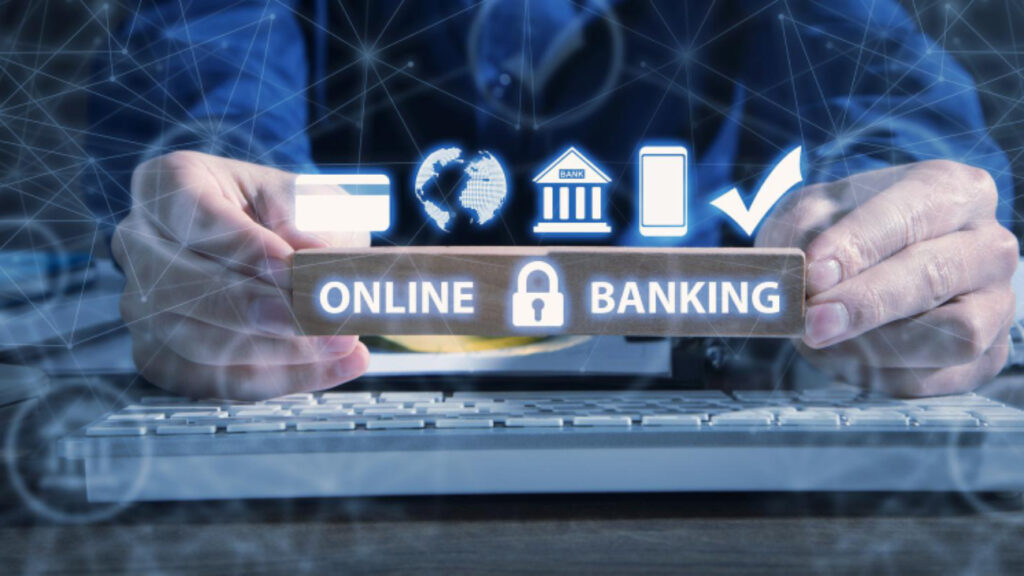The modern economy revolves around digital payments, from bank transfers and cryptocurrencies to internet buying and smartphone wallets. But the hazards connected with these systems also increase as they develop.
Cybercriminals continuously look for fresh means of taking advantage of weaknesses, endangering private financial information. Here is where a Zero Trust security architecture provides a strong structure to protect digital payments from always-changing hazards.
Cybercrime finds gold in the digital payment ecosystem. Frequent targets of attacks are credit card information, personal identification numbers (PINs), bank accounts, and even bitcoin wallets. Both for customers and companies, a breach may cause significant financial damages. Actually, one of the fastest rising kinds of financial fraud in the digital payments’ scene is cybercrime.
By constantly monitoring and verifying every transaction and user, Zero Trust directly addresses these concerns and guarantees that access to sensitive financial data is allowed just to those who are permitted and validated. This influences digital payments security as follows:
Stopping Unauthorized Access
Unauthorized access to systems or accounts is one of the most important hazards in digital payments. Whether it’s insiders with bad intentions or hackers taking advantage of weaknesses, letting unapproved people access private payment information could cause theft or fraud. By demanding rigorous authentication at every level of the payment process—not just once at login—zero trust reduces this risk.
A payment made from a mobile app, for instance, will be checked before it is let to go depending on many elements like device security, user identity, location, and more. Even if they get past one level of protection, this makes it far more difficult for illegal users to compromise the payment system.
Reducing Insider Conflict
In the realm of digital payments, insider risks give great cause for alarm. Workers or contractors with privileged access to payment systems run the risk of either misusing their credentials or unwittingly letting hostile actors in. By applying the least privilege concept—that which grants users access solely to the data and systems required for their role—zero trust helps minimize the damage insiders could inflict.
Zero Trust guarantees that even an insider with access to one area of the system cannot roam freely across the network, therefore lowering the possible risk for fraud by constantly checking the user’s identity and access permissions.
Reducing Data Conflicts
Digital payments can suffer from terrible consequences from data breaches. Theft of sensitive financial data could result in identity theft, financial losses, and a ruined reputation. Every access request under Zero Trust is examined and approved in real-time, therefore guaranteeing that attackers cannot access databases or payment systems, including private client data.
Apart from this real-time authentication, Zero Trust models also demand constant network monitoring in search of unusual activity suggesting a current breach in progress. Should any odd behaviour be found, the system can instantly deny access, therefore stopping more damage.
Conclusion
Convenience needs are rising, and cybercrime is getting more complex; hence, conventional security techniques are insufficient to guard private financial information. Zero Trust guarantees that every user, gadget, and transaction is constantly checked and authorized, therefore offering a forward-looking solution.
Adopting a Zero Trust approach helps companies in the digital payment area not only keep ahead of cyber dangers but also guarantee customer trust, satisfy legal obligations, and finally ensure the future of digital finance. Zero Trust is the key to preserving the integrity of digital payments and shielding consumers and companies from the rising tsunami of cybercrime in an ever-linked world. Thank you for your interest in Bahaa Abdul Hussein blogs. For more information, please visit www.bahaaabdulhussein.com.





